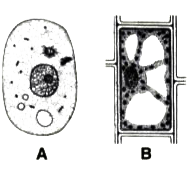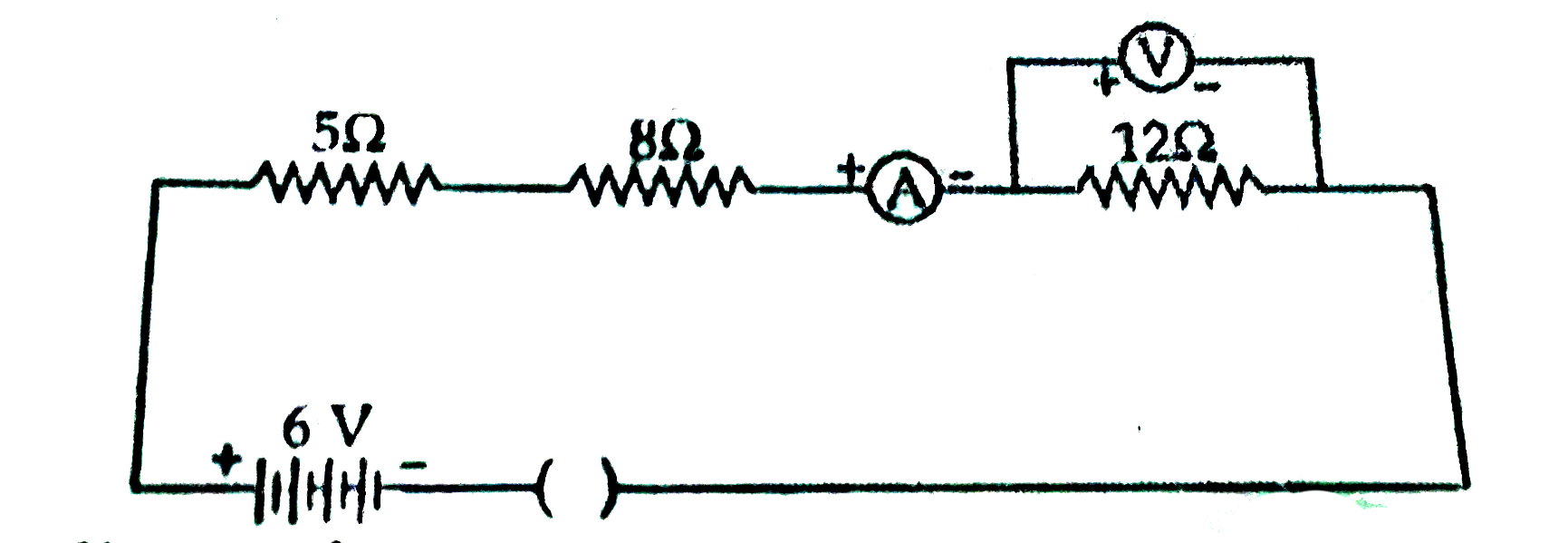What is meant by speciation ? List four factors that could lead to speciation . Which of these cannot be a major factor in the speciation of a self-pollinating plant species. Give reason to justify your answer.
Step-by-Step Solution
1. Definition of Speciation:
Speciation refers to the process through which new species arise from pre-existing species. This occurs when populations of a species become isolated from each other and evolve independently, leading to the development of distinct characteristics.
2. Factors Leading to Speciation:
Four major factors that can lead to speciation are:
- Genetic Drift: This is a random process that can cause allele frequencies to change over time, particularly in small populations, leading to the emergence of new species.
- Natural Selection: This process favors individuals with traits that are better suited to their environment, allowing them to survive and reproduce, which can lead to the development of new species.
- Geographical Isolation: This occurs when populations are separated by physical barriers (like mountains or rivers), preventing them from interbreeding and leading to divergent evolution.
- Mutation: Mutations introduce new genetic variations into a population, which can lead to the development of new traits and potentially new species over time.
3. Identifying the Non-Major Factor for Self-Pollinating Plants:
Among the factors listed, Geographical Isolation cannot be a major factor in the speciation of self-pollinating plant species.
4. Justification:
Self-pollinating plants have both male and female reproductive structures within the same individual, allowing them to reproduce without the need for external pollen sources. Because of this, they do not require geographical barriers to facilitate reproduction. Thus, geographical isolation, which relies on physical barriers to prevent interbreeding, does not significantly impact the speciation of self-pollinating plants.
Speciation refers to the process through which new species arise from pre-existing species. This occurs when populations of a species become isolated from each other and evolve independently, leading to the development of distinct characteristics.
Four major factors that can lead to speciation are:
- Genetic Drift: This is a random process that can cause allele frequencies to change over time, particularly in small populations, leading to the emergence of new species.
- Natural Selection: This process favors individuals with traits that are better suited to their environment, allowing them to survive and reproduce, which can lead to the development of new species.
- Geographical Isolation: This occurs when populations are separated by physical barriers (like mountains or rivers), preventing them from interbreeding and leading to divergent evolution.
- Mutation: Mutations introduce new genetic variations into a population, which can lead to the development of new traits and potentially new species over time.
Among the factors listed, Geographical Isolation cannot be a major factor in the speciation of self-pollinating plant species.
Self-pollinating plants have both male and female reproductive structures within the same individual, allowing them to reproduce without the need for external pollen sources. Because of this, they do not require geographical barriers to facilitate reproduction. Thus, geographical isolation, which relies on physical barriers to prevent interbreeding, does not significantly impact the speciation of self-pollinating plants.
Similar Questions
What is meant by 'speciation'? List four factors that could lead to speciation. Which of these factors cannot be a major factor in the speciation of asexually producing organisms? Explain your answer.
View SolutionWill geographical isolation be a major factor in the speciation of a self- pollinating plant species? Why or why not?
View SolutionWill geographical isolation be a major factor in the speciation of an organism that reproduces asexually? Why or why not?
View SolutionWhat factors could lead to the rise of a new species?
View SolutionWhat are chasmogamous flowers? Can cross-pollination occur in cleistogamous flowers? Give reasons for your answer.
View SolutionWhat are chasmogamous flowers ? Can cross-pollination occur in cleistogamous flower ? Give reasons for your answer ?
View SolutionGiven below are the sketches of two types of cells A and B

Which one of these is a plant cell? Give reason in support of your answer.
View SolutionConsider the following circuit :

What would be the readings of the ammeter and the voltmeter when key is closed ? Give reason to justify your answers .
View SolutionEnlist the steps of controlled cross-pollination. Would emasculation be needed in a cucurbit plant? Give reasons for your answer.
View SolutionA proton and deuteron are accelerated through the same accelerating potential. Which one of the two has (a) greater value of de-Broglie wavelength associated with it, and (b) less momentum? Give reasons to justify your answer.
View Solution